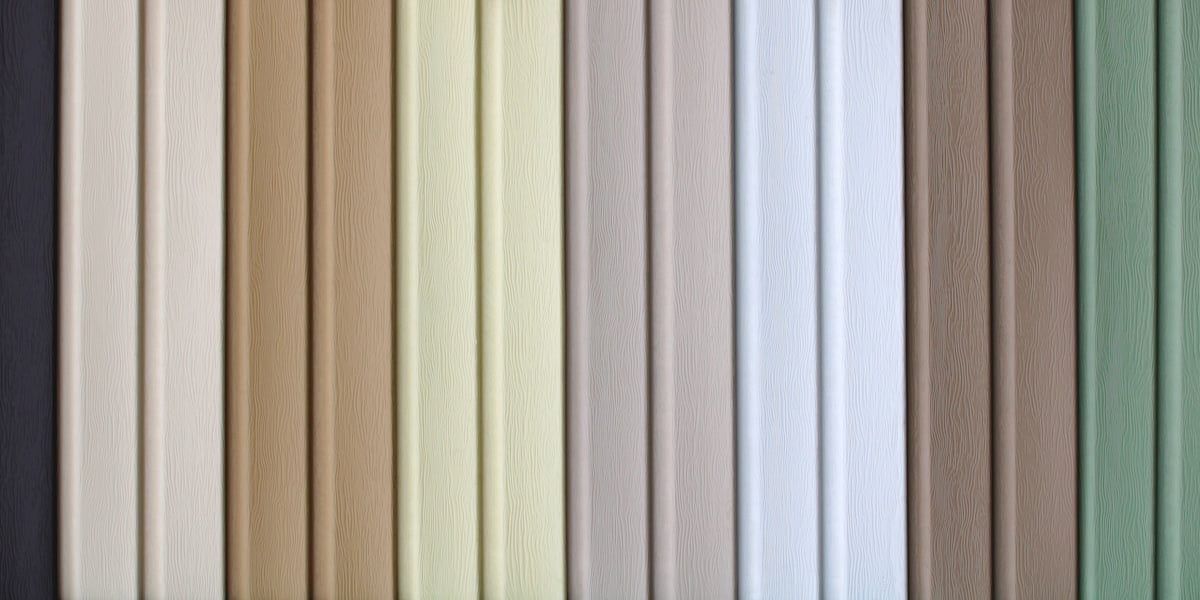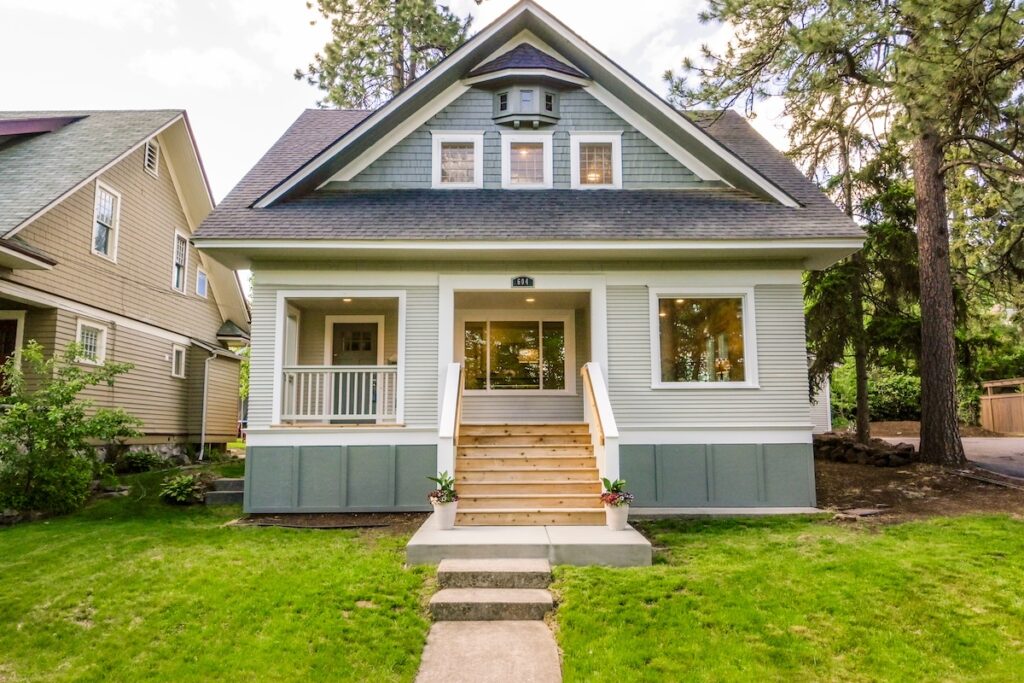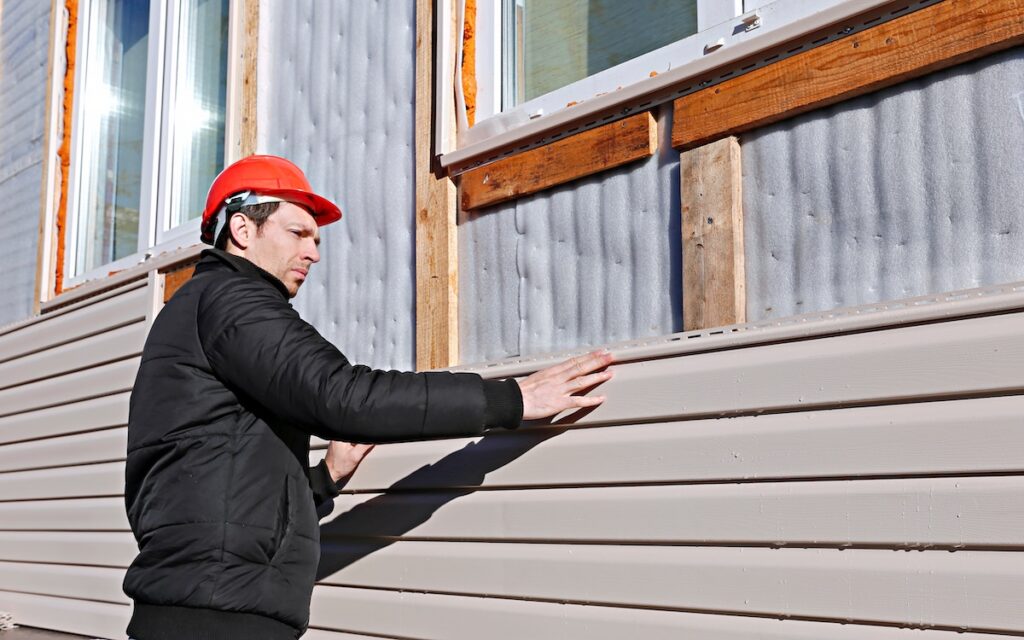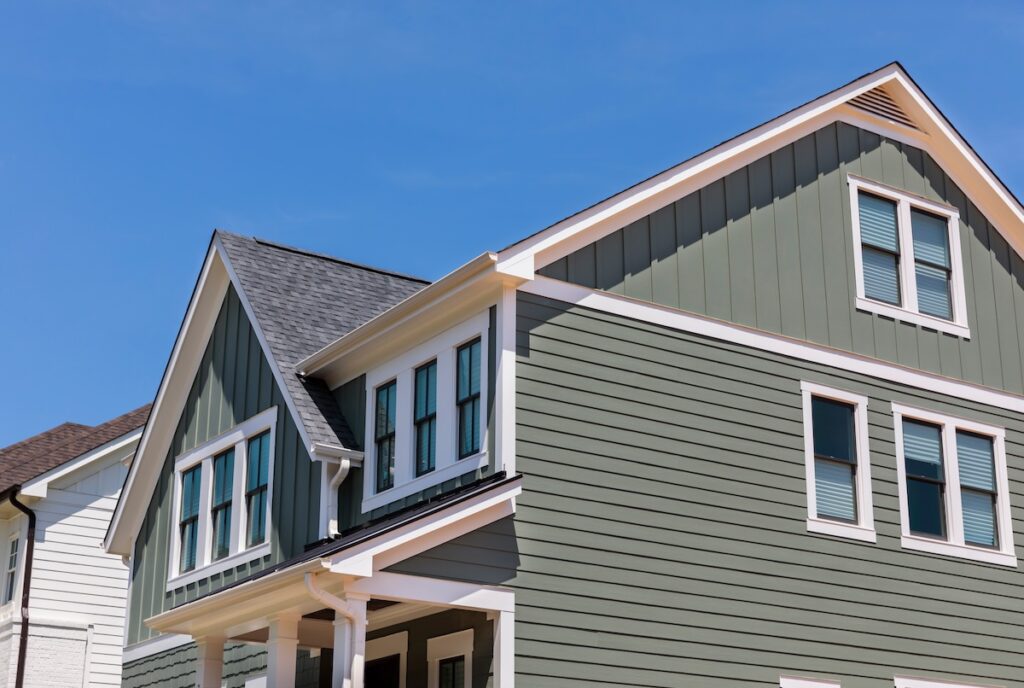
How Much Does House Siding Cost? (Material Breakdown)
October 02,2025
5 minutes Read
House siding cost depends on several factors, including the type of material you choose, the size of your home, labor rates, and any additional repairs needed before installation. Whether you’re upgrading for curb appeal or replacing damaged siding, understanding the true cost of different siding options will help you budget wisely.
- Material choice is the biggest factor affecting total siding cost
- Labor, insulation, and old siding removal also add to expenses
- Some materials offer long-term savings through durability or energy efficiency
Let’s explore the average costs of house siding in 2025 and how to choose the best option for your home and budget.
💵 Average Cost of Siding by Material
Here’s a breakdown of common siding materials and their estimated costs per square foot for both material and installation in 2025:
| Siding Material | Cost Per Sq. Ft. (Installed) | Typical Total Cost (1,500 sq. ft.) | Lifespan |
| Vinyl | $3 – $8 | $4,500 – $12,000 | 20–30 years |
| Fiber Cement | $6 – $13 | $9,000 – $19,500 | 30–50 years |
| Engineered Wood | $6 – $11 | $9,000 – $16,500 | 20–30 years |
| Natural Wood | $7 – $14 | $10,500 – $21,000 | 20–40 years |
| Metal (Steel/Alum) | $8 – $15 | $12,000 – $22,500 | 40–70 years |
| Stucco | $7 – $12 | $10,500 – $18,000 | 50+ years |
| Brick Veneer | $10 – $18 | $15,000 – $27,000 | 50–100 years |
Note: Prices vary by region, home size, and complexity. These estimates are for full replacement on an average-sized home.
👉 Factors That Influence House Siding Cost
While siding material is the biggest cost factor, the size and complexity of your home also impact the total price. Repairs to underlying structures, local labor rates, and extras like trim or insulation can add to the overall investment.

Home Size and Layout
- Square footage: Larger homes naturally require more materials and labor.
- Stories and angles: Multi-story homes or homes with dormers, gables, and unique features may cost more due to complexity.
Removal of Old Siding
- Tear-off labor: Removing existing siding adds labor time and disposal costs.
- Structural repairs: If water damage or rot is discovered underneath, you’ll need to repair that before new siding is installed.
Insulation Upgrades
Adding a house wrap or rigid foam insulation under the new siding improves energy efficiency—but it increases cost as well.
- House wrap: Typically adds $0.50 – $1.00 per square foot.
- Foam board insulation: Can cost an additional $1.00 – $2.50 per square foot depending on thickness.
Labor Costs
- Skilled labor: Certain siding types—like fiber cement or brick veneer—require more experienced installers, which can raise labor rates.
- Regional pricing: Labor rates vary depending on where you live, local demand, and material availability.
📋 Material-by-Material Breakdown
Each siding material comes with its own price point, durability, and maintenance needs. Understanding what you’re paying for helps you balance upfront cost with long-term value.

Vinyl Siding
- Affordable and low-maintenance: Great for tight budgets and simple installations.
- Available in many colors and textures: You’ll find everything from basic panels to insulated and premium wood-look options.
- Most economical choice: Minimal upkeep and fast installation reduce long-term costs.
Fiber Cement Siding
- Mid-range price with premium performance: Resistant to fire, rot, pests, and weather.
- Heavy and labor-intensive: Installation costs more, but lifespan justifies it.
- Modern curb appeal: Popular with newer homes or upscale remodels.
Engineered Wood Siding
- Looks like real wood: But with less maintenance and better moisture resistance.
- Moderately priced: Falls between vinyl and natural wood in terms of cost.
- May need painting or staining: Every 10–15 years depending on climate.
Natural Wood Siding
- High-end look: Cedar and redwood offer unmatched warmth and charm.
- Labor-intensive: Requires skilled installation and regular sealing or staining.
- Higher long-term cost: Maintenance can add up over the years.
Metal Siding (Steel or Aluminum)
- Long-lasting and fire-resistant: Excellent for extreme climates.
- Higher initial cost: But minimal upkeep over time.
- Can dent: Especially aluminum, which may show wear more quickly in hail-prone areas.
Stucco
- Ideal for dry, warm climates: Helps insulate homes and reduce energy costs.
- Moderate pricing: When applied over existing stucco or block walls.
- Can crack: Especially if the foundation shifts.
Brick Veneer
- Premium appearance: Boosts resale value and curb appeal.
- High labor cost: Skilled masonry required, and installation takes longer.
- Excellent durability: Resistant to fire, pests, and weather.
✅ 6 Ways To Save on Siding Installation
Want to keep costs under control without sacrificing quality? Use these smart homeowner strategies to reduce your siding project expenses:
- Get multiple estimates: Always compare at least three quotes from qualified siding contractors.
- Choose standard styles and colors: Custom textures and colors can increase both material and delivery costs.
- Plan offseason installation: Spring and late fall may offer better pricing than peak summer months.
- Bundle with other upgrades: Combine siding with insulation, window replacement, or gutter work for potential package discounts.
- Address minor repairs yourself: If safe and simple, handle prep work like trimming bushes or removing old caulk.
- Take advantage of financing: Some contractors offer low-interest financing or payment plans to help spread out costs.

🤔 Is New Siding Worth the Investment?
Absolutely, new siding not only improves your home’s appearance but also adds insulation, protects against weather, and increases resale value.
According to recent cost vs. value reports:
- Vinyl siding replacement recoups about 82% of its cost in resale value
- Fiber cement siding offers even better ROI, recovering over 85%
- Curb appeal impact: Siding is one of the most noticeable exterior upgrades to potential buyers
If your current siding is cracked, faded, warped, or no longer energy-efficient, replacing it could lower your energy bills and boost your home’s protection for decades to come.
🤝 Get a Clear Siding Estimate With Heartland
House siding cost varies widely based on material, home size, and labor—but with the right information and the right contractor, you can make a smart investment that pays off for years. Whether you’re looking for budget-friendly vinyl or durable fiber cement, knowing your options helps you plan ahead.
At Heartland, we offer honest estimates, expert installation, and siding options to match every style and budget. Contact Heartland today for a free siding estimate and personalized recommendations. Let’s make your home stand out, with siding that protects and performs.

Get Started Today!
From roofing to siding, Heartland Roofing is the team you need to take your home exterior to the next level. All you need to do is reach out! Fill out our contact form or give us a call to get the reliable help that you need.
4.7 rating
94% recommend
A+ rating